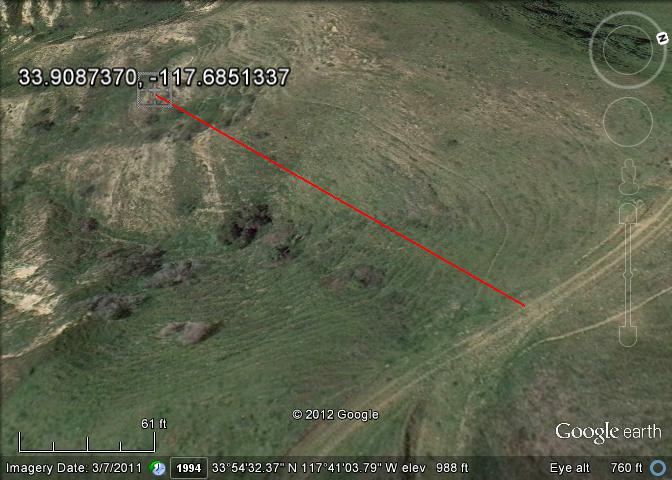User:Scerruti
Leave No Trace
Let's face it, I live in a tough area to geohash. Between the ocean, Mexico and the high population density in most of the local graticules it can be a real struggle to find accessible meet up locations. Today for instance would be a perfect day to go for the Santa Ana (33, -117) graticule. However the point falls within Chino Hills State Park. There is a trail that runs to within 100m of the point, this trail can definitely be accessed from within the park ($5 day use fee) but may also be able to be accessed from a fire road outside the park. Here's the rub, I follow the principles of Leave No Trace. That means when I am in the frontcountry, which Chino Hills SP certainly is, I will not leave the trail. The best I could do is get within viewing distance of the point.
What harm would come from briefly leaving the trail to reach the hashpoint?
These two resources provide in depth information, but is it sufficient to say that staying on the trail preserves our natural resources for future generations.
California State Park's Stay on the Trail Brochure
Leave No Trace Center for Outdoor Ethics
This is for frontcountry, what about backcountry?
In general it is permissible to travel through the off trail. This is because there will be fewer people in the backcountry and therefore less possibility of permanent damage. Additionally there may not be existing trails in many areas. However when leaving the trail to travel to a backcountry hashpoint members of the expedition should be careful to take divergent paths so as to prevent one area of vegetation from being trampled.
While much of the Anza-Borrego Desert State Park is backcountry, this backcountry rule may not apply there. In many areas of the desert the ground is so sensitive that footprints and tracks impact the area for decades.
